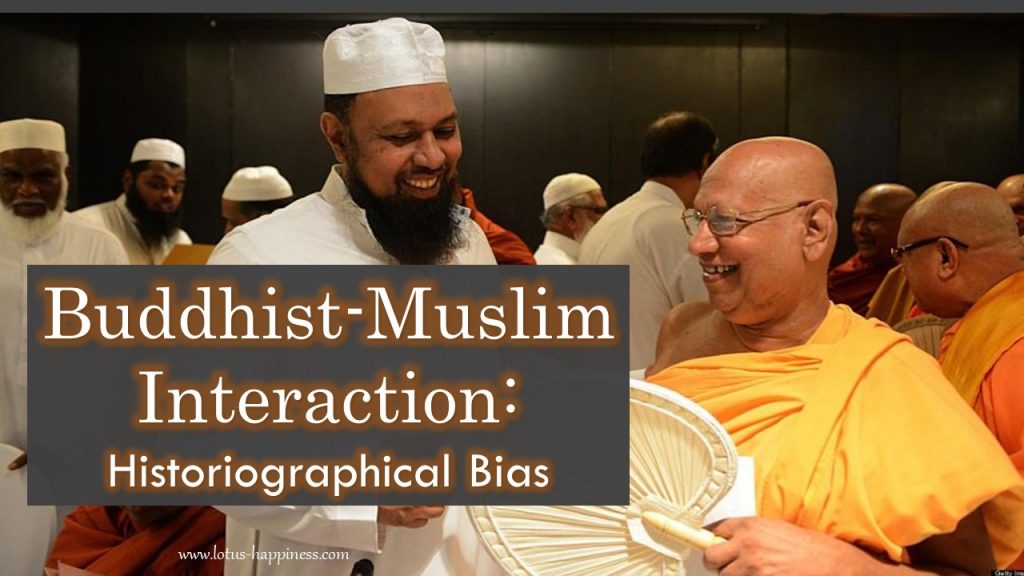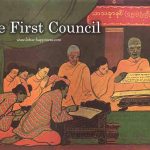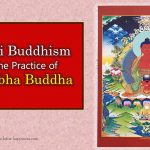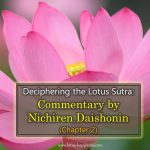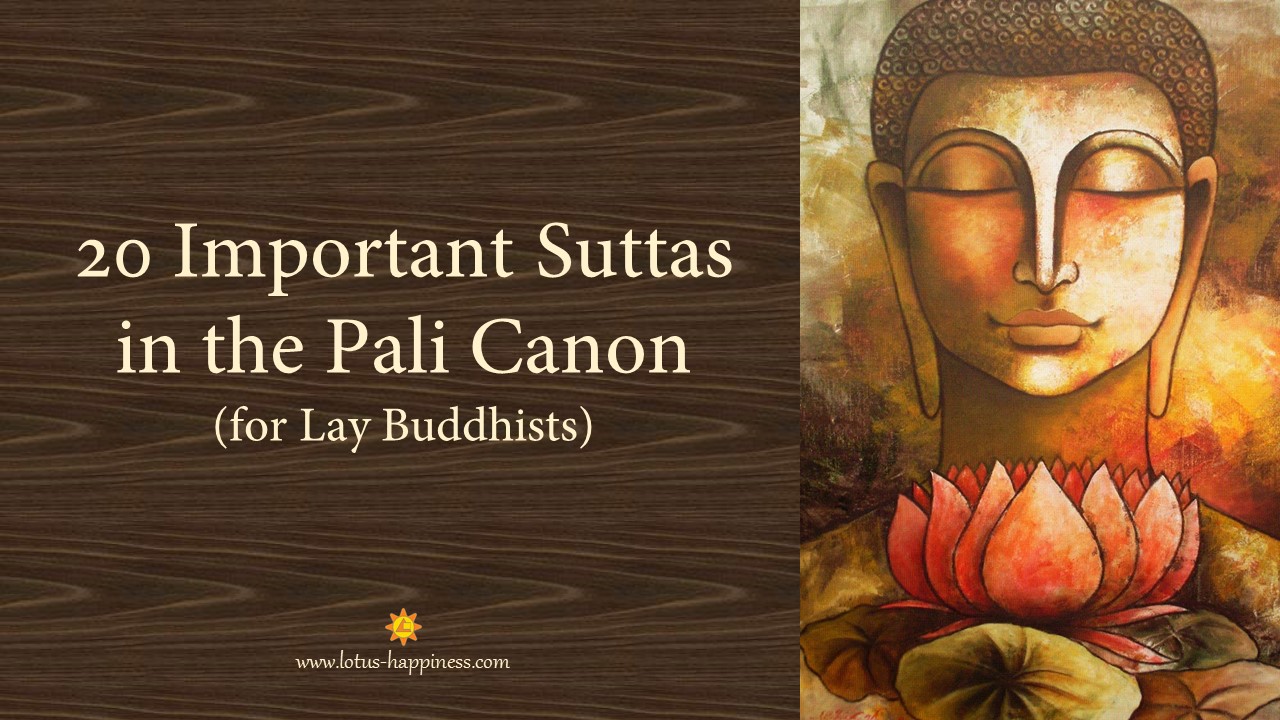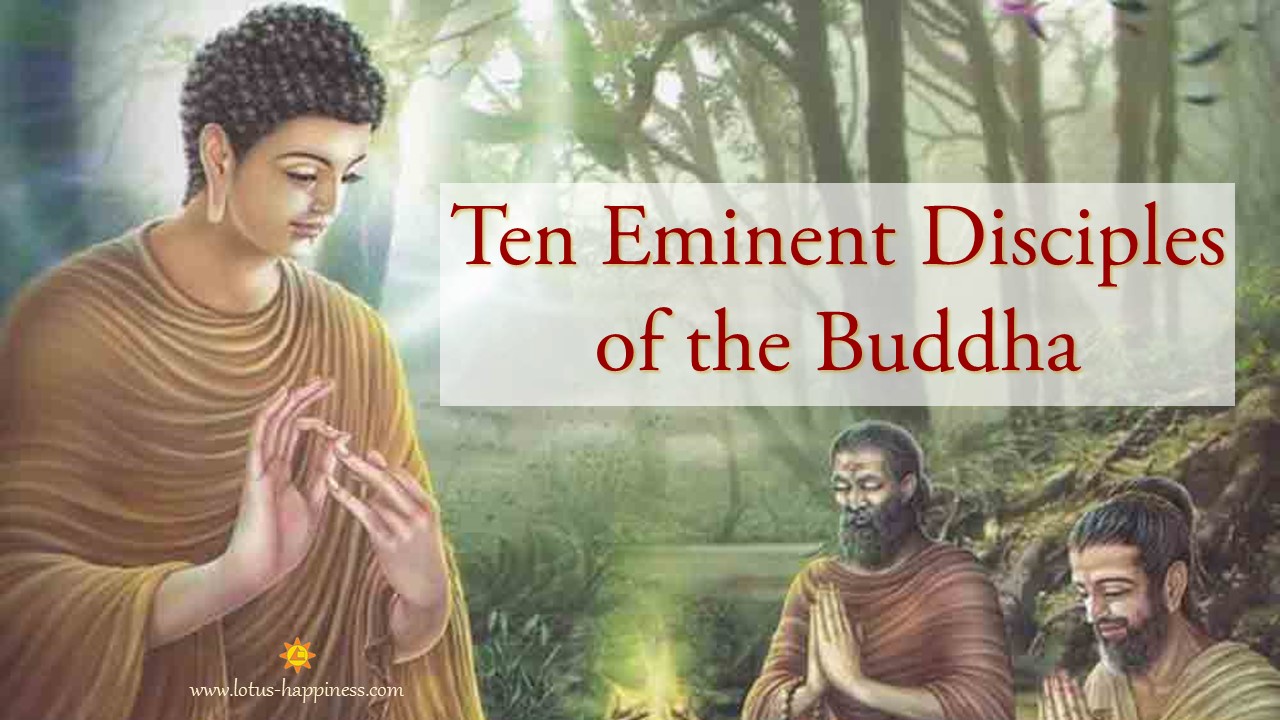Buddhist-Muslim Interaction: Historiographical Bias
There is a long history of Muslims being regarded by the Christian West as the forces of the devil. This began at the end of the eleventh century CE with the Crusades to take the Holy Lands from the Muslims. It continued with the fall of the center of Eastern Orthodox Christianity at Constantinople to the Turks in the mid-fifteenth century and was strongly reawakened by the massive Turkish defeat of the British and Australians at Gallipoli during the First World War. Western mass media often depicts Islamic religious figures as “mad mullahs” and demonizes Muslim leaders such as Colonial Gadaffi, Sadam Hussein, Idi Amin, Ayatollah Khomeini, and Yasar Arafat. Many Westerners caracterize all Muslims as fanatic terrorists and immediately suspect an Islamic fundamentalist hand behind such wanton acts of violence as the 1995 bombing of the Federal Building in Oklahoma City. In response to this disrespect of their leaders, religion and cultures, many Muslims view the West, in turn, as the land of Satan threatening their values and holy sites. Such attitudes of mutual paranoia and distrust present a major obstacle for understanding and cooperation between the non-Muslim and the Islamic world.
This paranoia and prejudice toward the Muslims has carried over into the Western presentation of Asian history, particularly that of the interaction between the Muslims and Buddhists during the spread of Islam to Central Asia and the Indian subcontinent. Parallel to Western journalism primarily reporting about Muslims the involvement of their fanatic element in terrorist acts – as if this were representative of the entire world of Islam – popular Western historical accounts of the period focus on the destruction of Buddhist monasteries and the slaughter of monks who would not convert. With the emphasis on the brutal incidents that did in fact occur, people receive the distorted impression that the interaction was only negative and violent.
One source of the distortion was the hidden agenda of many of the British administrator historians during the British Raj, particularly during the nineteenth century. To gain the allegiance of their Indian subjects and legitimize colonial rule, many of these historians tried to show how the British administration was more humane and its taxation policy more just than under any of the previous Muslim dynasties. If archeologists found temples in ruin, they explained that Muslim fanatics had destroyed them. If statues and other treasures were missing, they concluded either that Muslim raiders had plundered them or that the Buddhists had hid them in fear of Muslim raids. If Muslim rulers gave permission to repair temples, they assumed that Muslim armies had previously destroyed them. Discounting economic or geopolitical motives and confusing military policy with religious policy, they popularized the view that the wish to spread Islam and to convert infidels by the sword motivated all invasions by Muslim armies. They equated conquest with conversion and subsequent revolt with the wish to throw off Islam.
British missionaries especially encouraged this view, emphasizing Muslim intolerance in order to show themselves in a better light. Thus, many British historians lumped together the Arab, various Turkic, and Mughal conquests of the subcontinent, and characterized them all as Islamic invasions, rather than as invasions by individual political entities that differed widely from each other. Other Western historians have followed suit. Even today, political leaders and the news media regularly speak of Muslim terrorists, never of Christian, Jewish, or Hindu terrorists.
Western historiography is not alone in presenting a one-sided picture. The Buddhist and Islamic pious histories of the Tibetan, Mongolian, Arabic, Persian, and Turkic traditions have, for the most part, described the interactions between Central Asian states as if the defense and spread of religion were the only motivating forces determining events. Buddhist pious histories present a violent picture and describe conversion as occurring only by force. Islamic pious histories present a more peaceful picture. They tend to explain that Buddhists converted to Islam either because of the moral superiority of the Muslim faith or in order to escape Hindu oppression. The assumption is that the determining characteristic of Indian despots was their Hindu religion, not their political or economic policies.
Chinese dynastic histories have yet another priority, namely demonstrating the moral superiority of one or another Chinese ruling house and the submission of all foreign cultures to it. This hidden agenda also distorts the picture they present of international and interfaith relations.
Certain texts interpolate events onto the distant past, misrepresenting the relation between Buddhism and Islam. The early fourteenth-century Kashmiri Muslim writer, Rashid al-Din, for example, in his Life and Teachings of Buddha, which survives in Persian and Arabic, explains that before the time of the Prophet, the inhabitants of Mecca and Medina were all Buddhists. They worshiped idols at the Kaaba in the form of Buddha.
Even predictions of the future do not escape religious bias. Both Buddhists and Muslims, for example, discuss the coming of a great spiritual leader who will overcome negative forces in an apocalyptic war. The Buddhist version derives from the Kalachakra Tantra, a text that appeared in India between the late tenth and early eleventh centuries, and which is extremely popular among the Tibetans and Mongols. Warning of a future invasion of lands with a mixed Buddhist and Hindu population by forces claiming allegiance to Mecca and Baghdad, this text poses the Buddhist king Rudrachakrin against the final Muslim prophet, Mahdi. It describes the latter as the leader of the barbarian non-Indic forces that will try to conquer the universe and destroy all spirituality. By calling Rudrachakrin a “Kalki” ruler, the text rallies Hindus as well to this sectarian vision of the future. Kalki is the tenth and final incarnation of the Hindu god Vishnu who will also fight in an apocalyptic war.
Muslim areas, such as Baltistan in northeastern Pakistan, having historical contact with the Tibetan Buddhist cultural area, developed in response a counterversion of the apocalypse. In it, Mahdi’s opponent, Dajjal, is identified as King Gesar, the Central Asian mythical hero regarded over the centuries by various Buddhist peoples as the manifestation of not only King Rudrachakrin, but even Chinggis Khan.
When one looks more carefully at the history, however, one finds ample evidence of friendly interaction and cooperation between the Buddhists and Muslims in Central and South Asia in the political, economic and philosophical spheres. There were many alliances, a great deal of trade, and frequent exchange of spiritual methods for self-improvement. This does not deny the fact that a number of negative incidents did occur between the two peoples. However, geopolitics and the drive for economic and territorial expansion far outweighed religious factors in motivating most of these conflicts, despite militant leaders often having used the call for a holy war to rally troops. Moreover, sane and responsible rulers far outnumbered fanatical leaders on both sides in shaping policies and events.
Muslims and Buddhists still constitute a large proportion of the population of especially Central Asia. A more dispassionate account of the historical relations between the two religions and peoples in the area is vital not only for the purposes of impartial scholarship, but for the future peaceful development of the region.
Chapter from Berzin, Alexander. “The Historical Interaction between the Buddhist and Islamic Cultures before the Mongol Empire” from the previous Berzin Archives website.
Source: Study Buddhism

